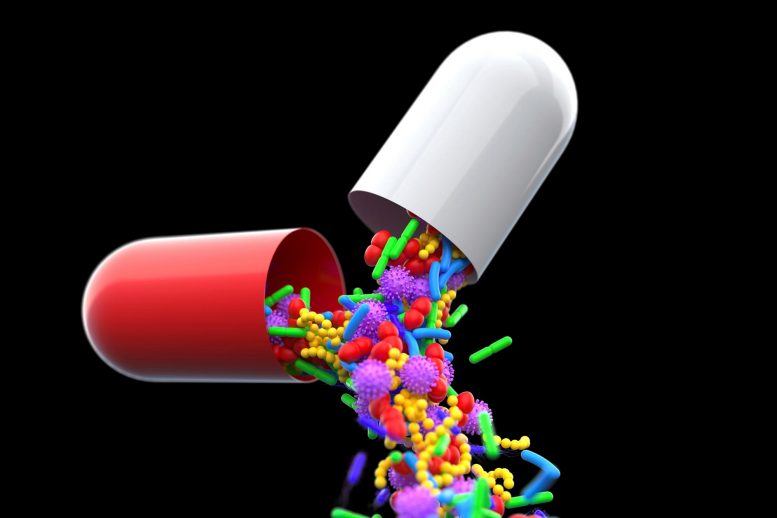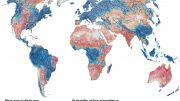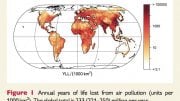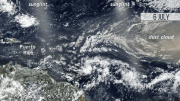
According to the scientists, pharmaceutical contamination endangers a huge portion of the world’s rivers.
How pharmaceutical ingredients are affecting the world’s rivers
Pharmaceutical chemicals in prescription and over-the-counter medications are released into the environment during their manufacturing, usage, and disposal, particularly in surface waters. According to research findings recently published in Environmental Toxicology and Chemistry, pharmaceutical pollution is a worldwide issue that is likely harming the health of the world’s rivers.
Concerning quantities of pharmaceutical components were found in about 43.5% of the 1,052 sites across 104 nations that were evaluated for the research. 23 pharmacological ingredients—including compounds from the antidepressant, antimicrobial, antihistamine, benzodiazepine, painkiller, and other classes—occurred at concentrations above what is considered safe.
“This is the first truly global assessment of the impacts of single pharmaceuticals and mixtures of pharmaceuticals in riverine systems,” said corresponding author Alejandra Bouzas-Monroy, a Ph.D. student at the University of York. “Our findings show that a very high proportion of rivers around the world are at threat from pharmaceutical pollution. We should therefore be doing much more to reduce the emissions of these substances into the environment.”
Reference: “Assessment of the Potential Ecotoxicological Effects of Pharmaceuticals in the World’s Rivers” by Alejandra Bouzas-Monroy, John L. Wilkinson, Molly Melling and Alistair B. A. Boxall, 22 June 2022, Environmental Toxicology and Chemistry.
DOI: 10.1002/etc.5355









Be the first to comment on "Shocking New Study Finds That 43.5% of Rivers Worldwide Have an Alarming Amount of Pharmaceutical Pollution"